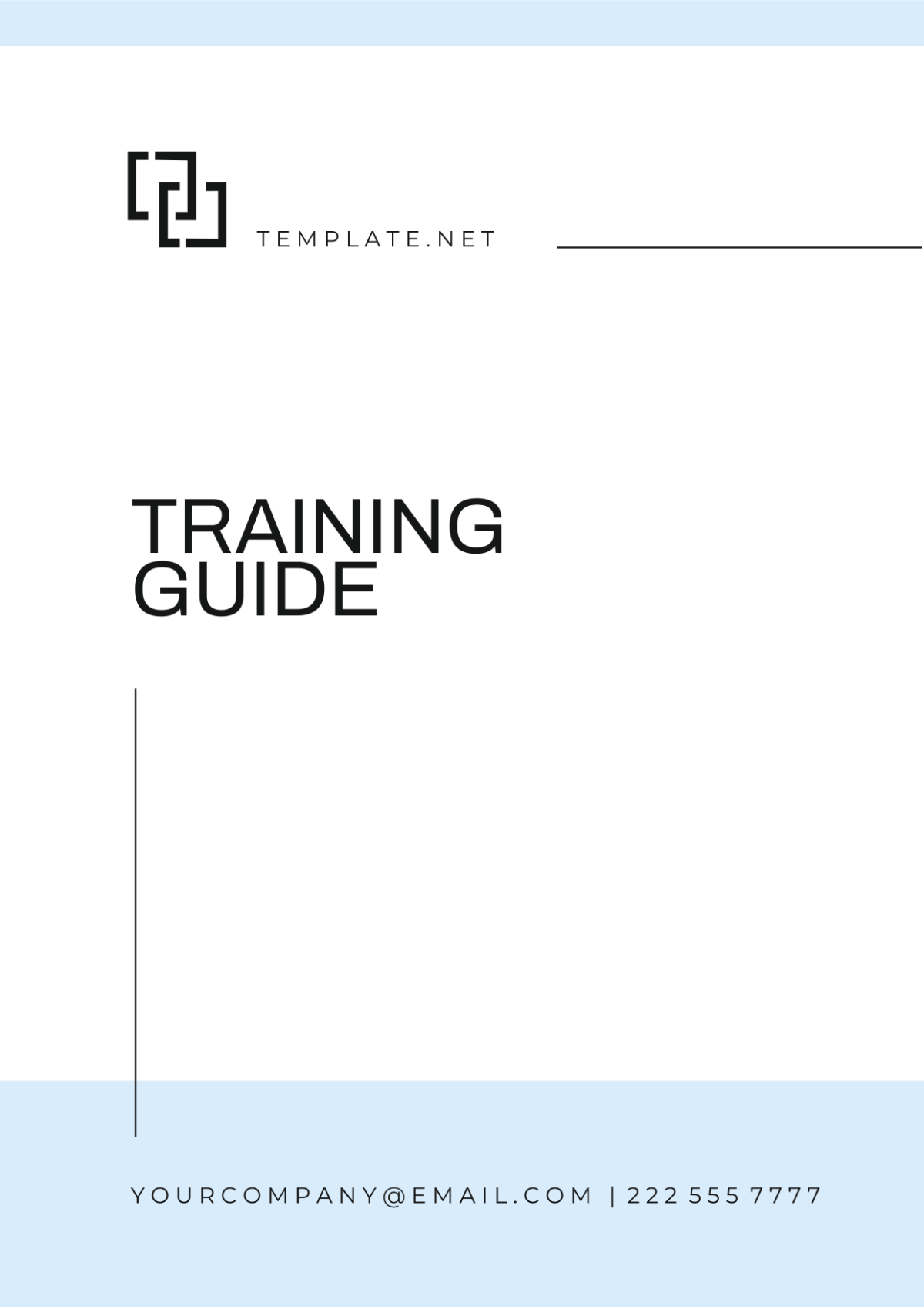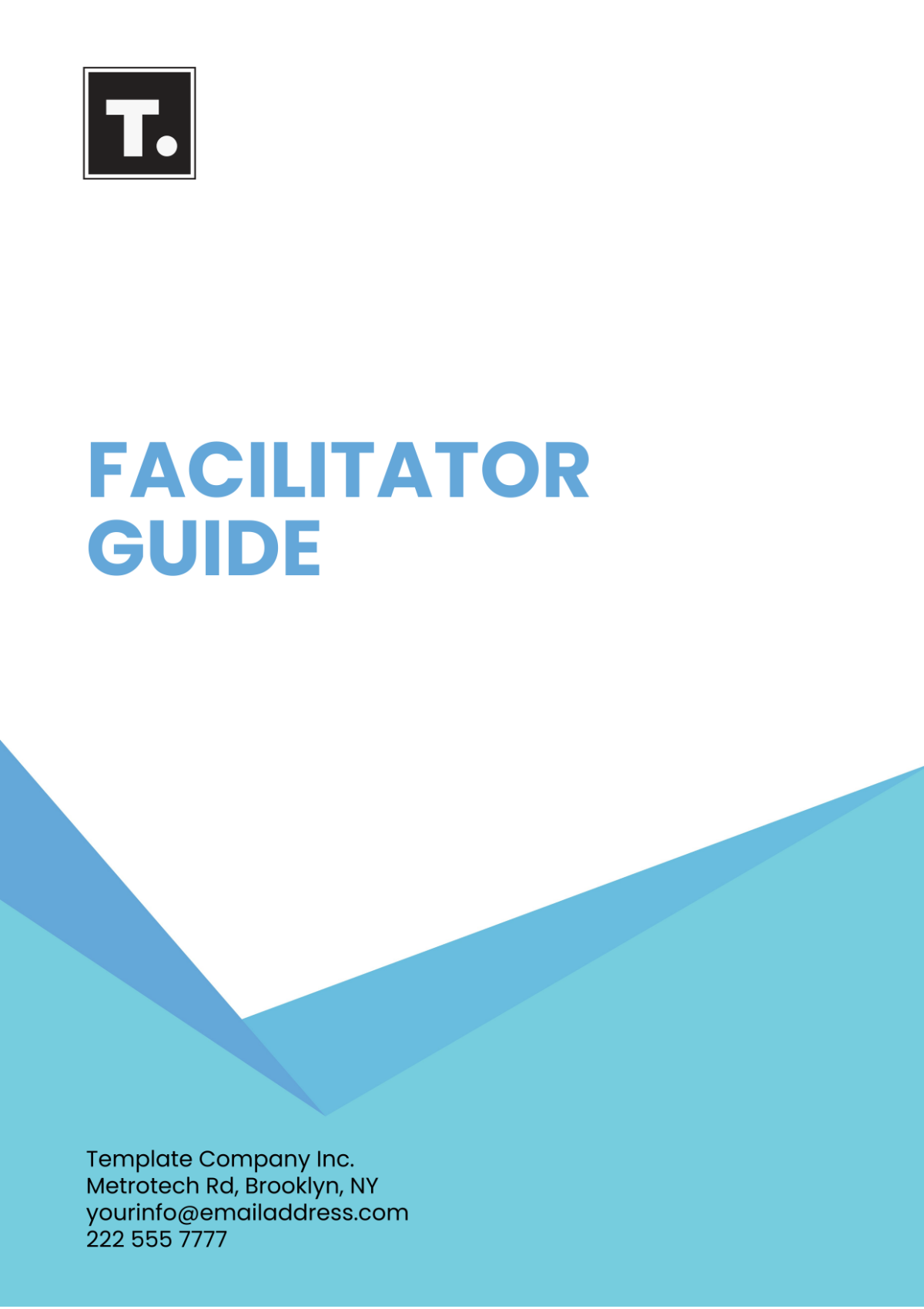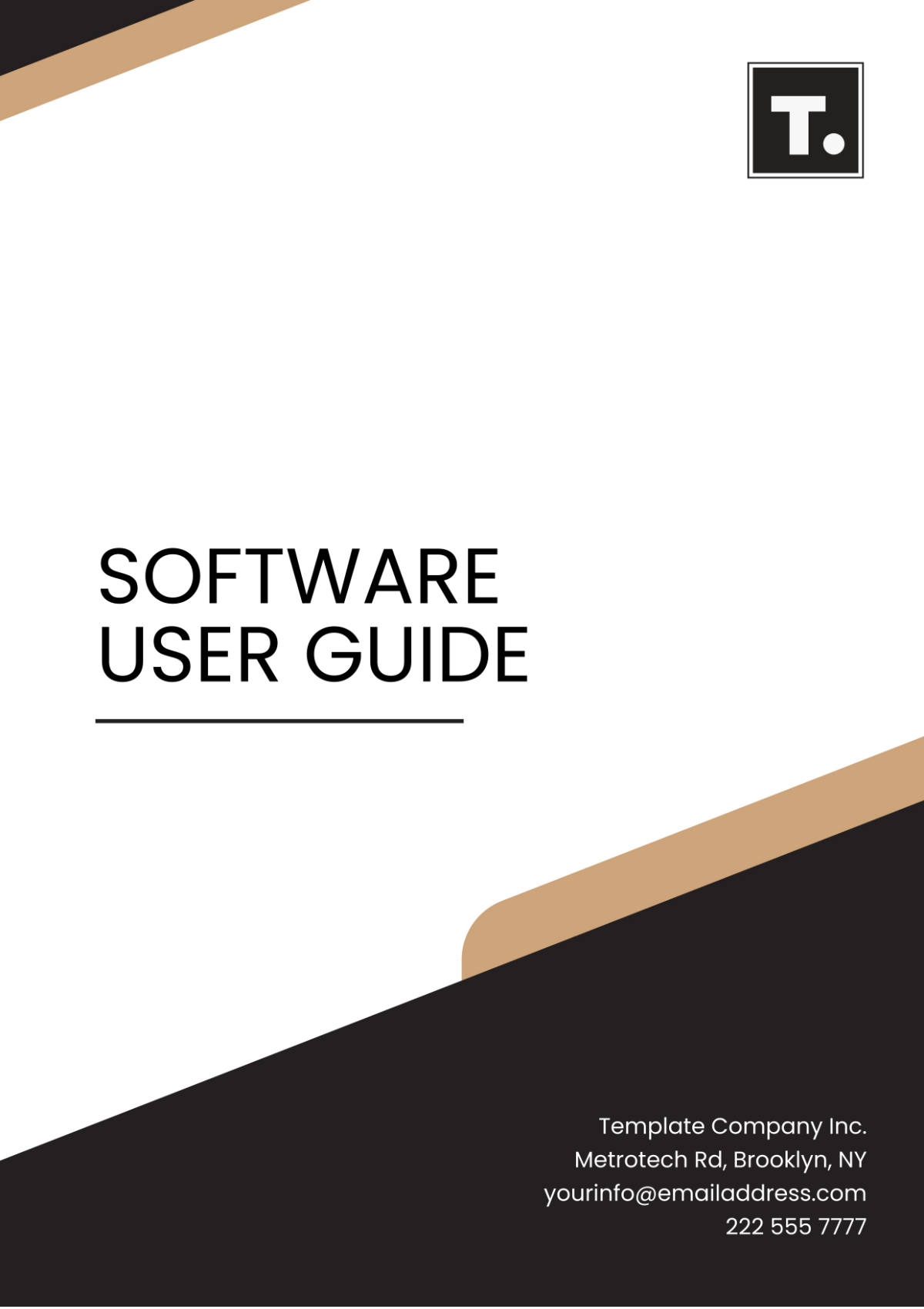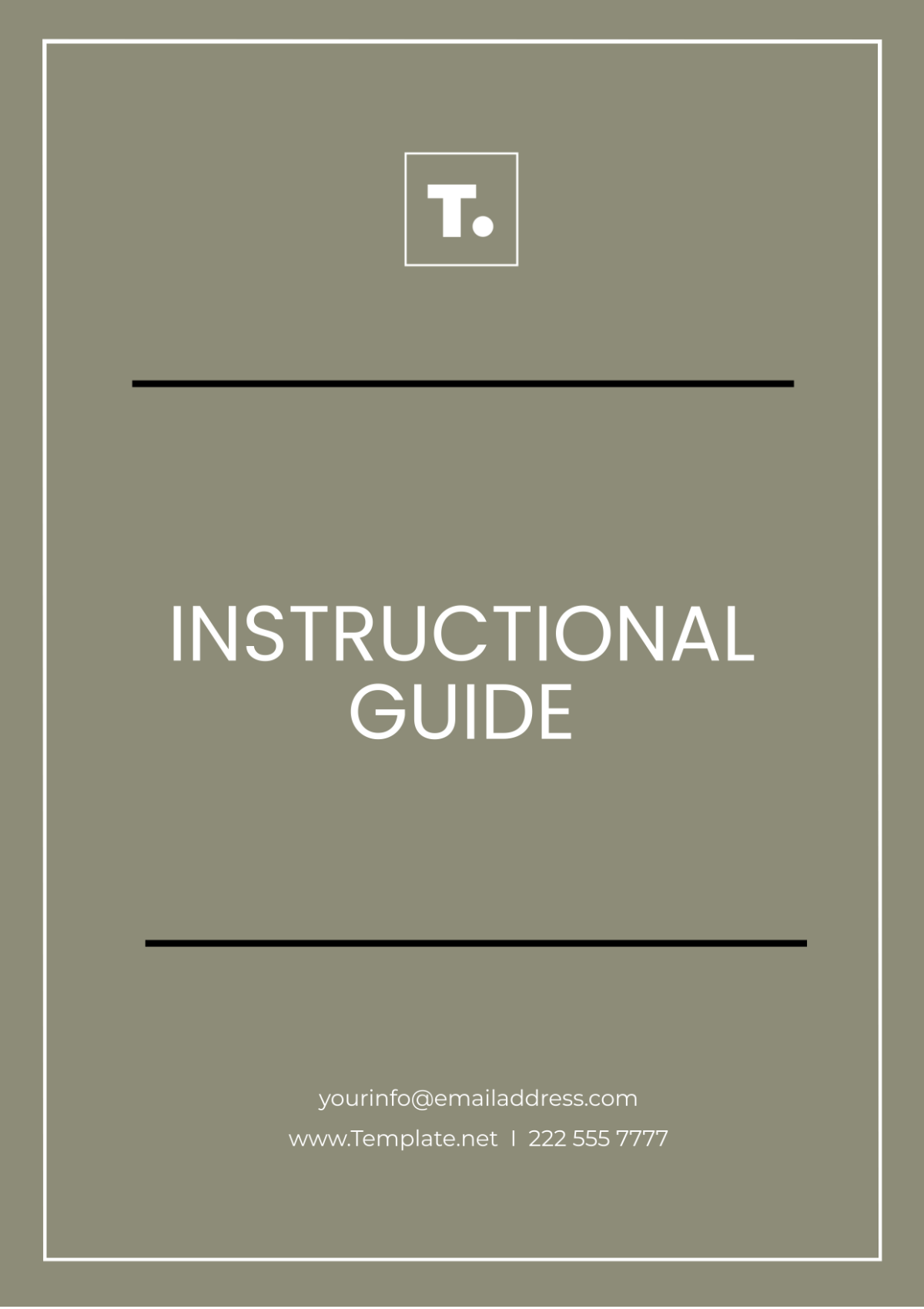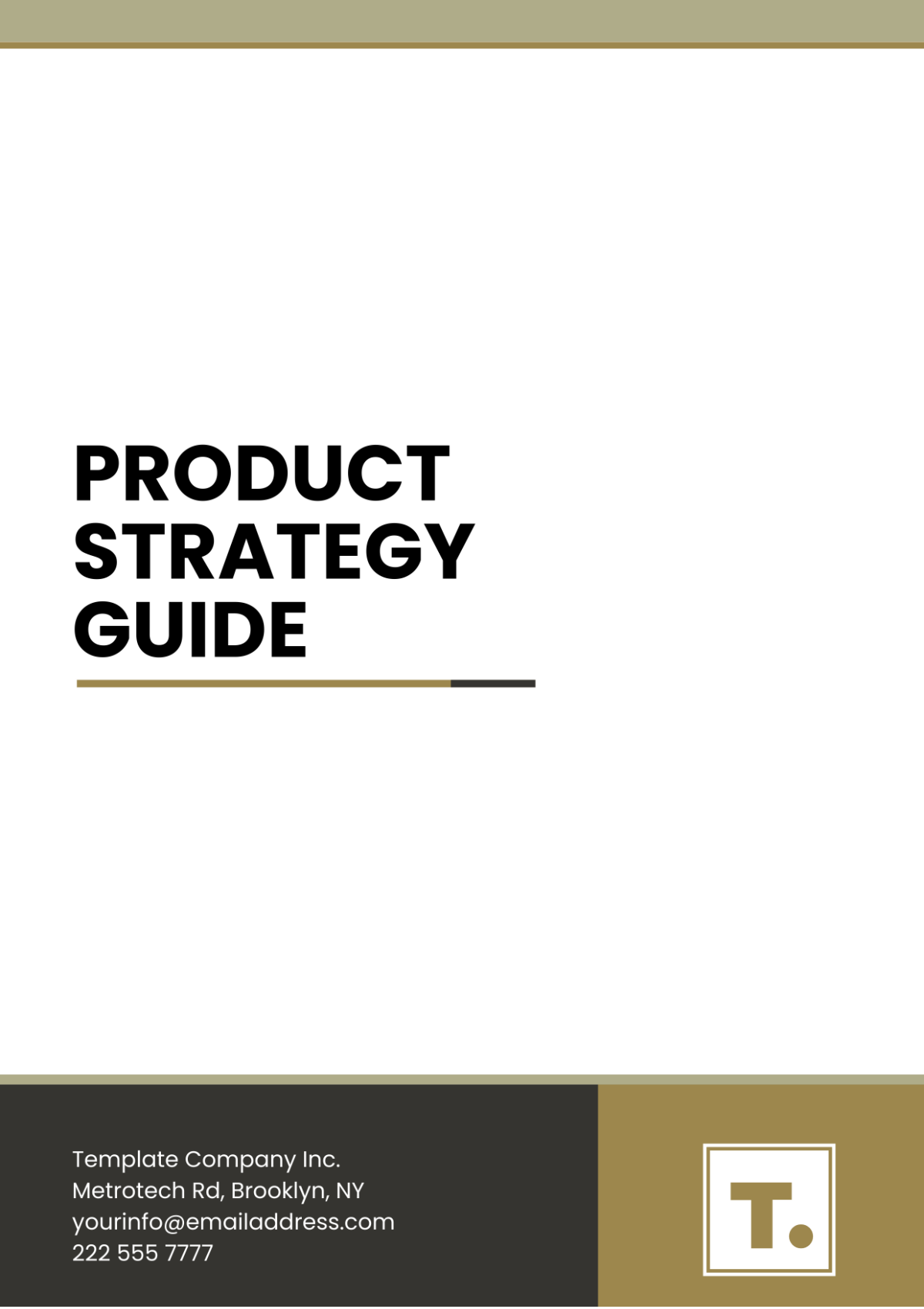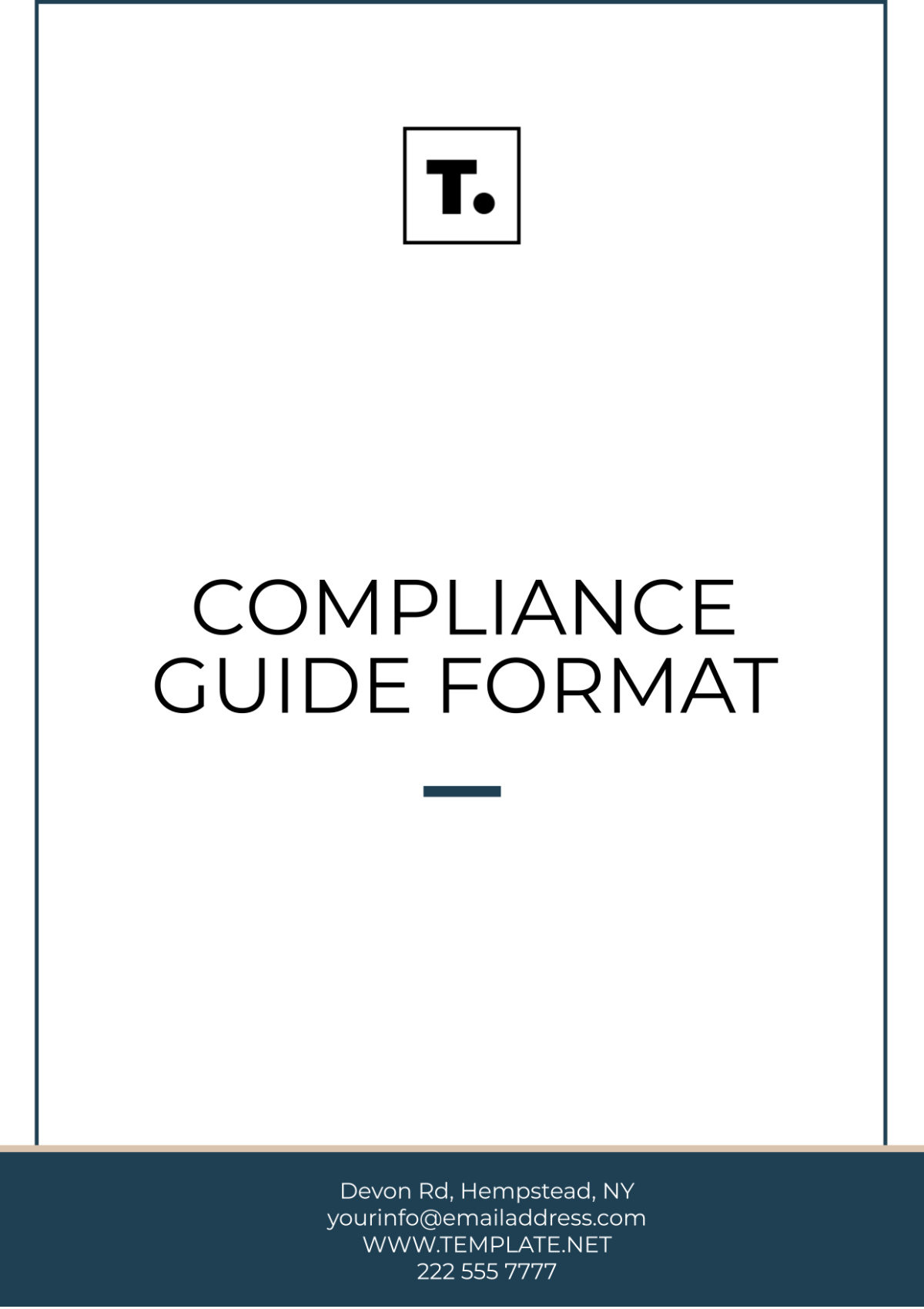Scrum Guide
I. Introduction
The Scrum Guide serves as a comprehensive framework for implementing Scrum, offering guidelines for effective Agile project management. This advanced guide delves into detailed practices and sophisticated techniques, providing a deeper understanding of Scrum beyond the basics.
It is intended for experienced Scrum practitioners seeking to enhance their application of Scrum principles in complex scenarios.
II. Advanced Roles and Responsibilities
Scrum roles extend beyond their fundamental definitions to address complex team dynamics and project needs. Here’s an exploration of advanced practices related to Scrum roles:
A. Scrum Master
Facilitation Techniques: Advanced facilitation methods to handle challenging team dynamics and ensure productive Scrum events.
Coaching Strategies: Techniques for coaching both individual team members and the entire organization to foster a culture of continuous improvement.
B. Product Owner
Backlog Management: Advanced strategies for prioritizing and refining the Product Backlog, including handling large and complex backlogs.
Stakeholder Engagement: Techniques for managing stakeholder expectations and gathering detailed requirements effectively.
C. Development Team
Self-Organization: Strategies to enhance team self-organization and autonomy in handling complex tasks.
Technical Excellence: Practices for maintaining high standards of technical excellence and ensuring high-quality deliverables.
III. Scaling Scrum
Scaling Scrum involves adapting Scrum practices to larger teams and multiple projects. Here’s an overview of advanced scaling techniques:
A. Frameworks for Scaling
Framework | Description | When to Use |
|---|---|---|
Scrum of Scrums | Coordination of multiple Scrum teams working on the same project | When multiple Scrum teams need to collaborate on a large project |
SAFe | Scaled Agile Framework, integrates Scrum with other Agile practices | For organizations seeking a comprehensive approach to scaling Agile practices |
LeSS | Large Scale Scrum, focuses on simplicity and empirical process control | When a straightforward approach to scaling Scrum is desired |
B. Coordination Strategies
Inter-Team Communication: Advanced practices for ensuring effective communication between Scrum teams, including regular sync meetings and shared artifacts.
Integration Practices: Techniques for integrating work from multiple teams and managing dependencies.
IV. Continuous Improvement and Retrospectives
Continuous improvement is crucial for refining Scrum practices and enhancing team performance. Here’s a guide to advanced practices for retrospectives and continuous improvement:
A. Advanced Retrospective Techniques
Data-Driven Retrospectives: Using data and metrics to drive insights and improvements during retrospectives.
Facilitation Methods: Advanced methods for facilitating retrospectives to ensure comprehensive participation and actionable outcomes.
B. Implementing Improvements
Actionable Insights: Techniques for translating retrospective findings into actionable items and integrating them into the team’s workflow.
Measuring Impact: Methods for measuring the effectiveness of implemented improvements and making necessary adjustments.
V. Best Practices for Complex Projects
Managing complex projects with Scrum requires refined techniques and practices. Here’s an overview of best practices:
A. Handling Complex Backlogs
Backlog Decomposition: Advanced techniques for breaking down complex backlog items into manageable pieces.
Prioritization Frameworks: Methods for prioritizing backlog items in complex projects, including using value vs. effort matrices.
B. Managing Dependencies
Dependency Mapping: Techniques for identifying and managing dependencies between teams and projects.
Risk Mitigation: Strategies for mitigating risks associated with dependencies and complex project interactions.
VI. Conclusion
This guide provides advanced practices and techniques for experienced Scrum practitioners seeking to elevate their Scrum implementation. By focusing on sophisticated aspects of roles, scaling, continuous improvement, and complex project management, teams can achieve greater effectiveness and agility in their projects.
Prepared by: [Your Name]
For more information or assistance, please contact [Your Company Name] at [Your Company Email] or visit our website [Your Company Website].



